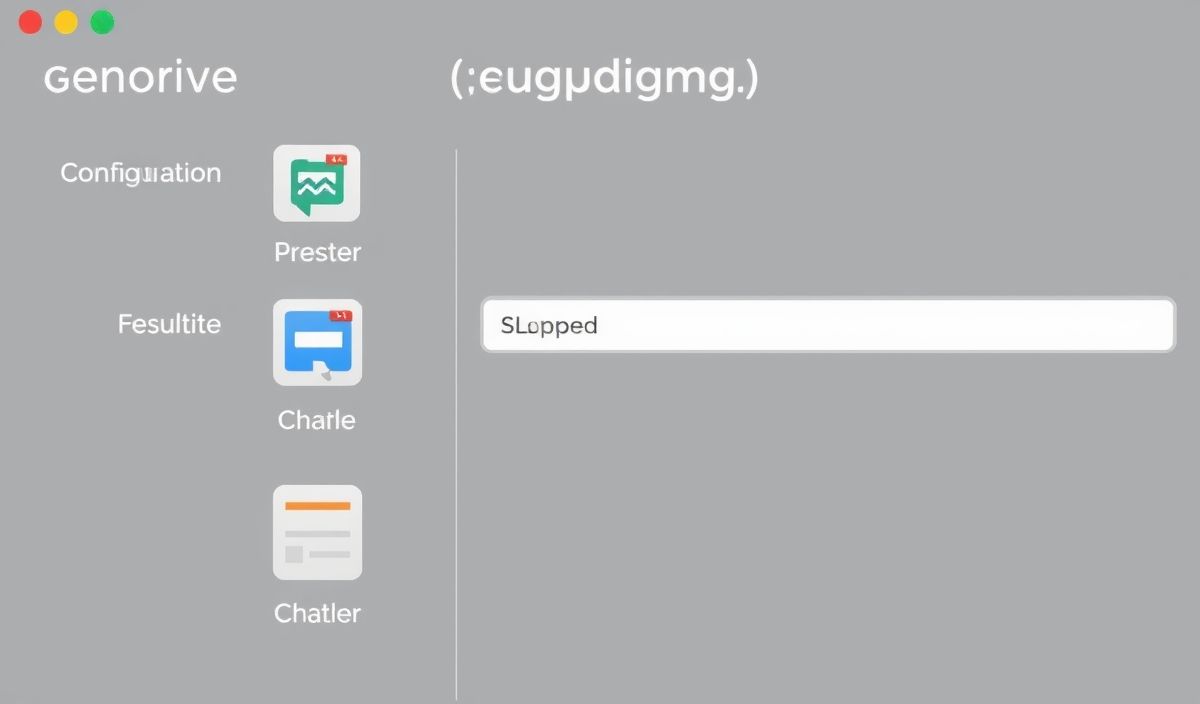Understanding camelCase: The Essential Guide to Best Practices and API Usage
CamelCase, also known as medial capitals, is a practice of writing compound words or phrases whereby each word or abbreviation in the middle of the phrase begins with a capital letter, with no intervening spaces or punctuation. It is widely used in programming to name variables, functions, and other objects.
Introduction to camelCase
The camelCase naming convention helps improve the readability of compound words. There are two primary forms of camelCase:
- Lower camelCase: The first letter is lowercase, and the first letters of subsequent words are uppercase (e.g.,
myVariableName). - Upper CamelCase: All the first letters of the words are uppercase (e.g.,
MyVariableName).
camelCase API Examples
Here are some common methods and properties using camelCase in different languages:
JavaScript
// A simple example of camelCase variables and function names
function fetchData() {
let userAge = 25;
let userName = 'John Doe';
return {
userName,
userAge
};
}
// Output: { userName: 'John Doe', userAge: 25 }
console.log(fetchData());
Python
# Python example with camelCase variable and function names
def calculateSum(a, b):
result = a + b
return result
totalSum = calculateSum(5, 10)
# Output: 15
print(totalSum)
C#
// C# example using camelCase for method and property names
public class Person
{
public string firstName { get; set; }
public string lastName { get; set; }
public string GetFullName()
{
return $"{firstName} {lastName}";
}
}
// Creation of a new Person object
var person = new Person { firstName = "Jane", lastName = "Doe" };
// Output: Jane Doe
Console.WriteLine(person.GetFullName());
Example App Using camelCase APIs
Below is a simple web application using camelCase naming conventions:
My App using camelCase
Task Manager
In this example, camelCase is employed to name functions and variables, promoting clarity and consistency.
Hash: 075ef620771848cc9e88cef32015629e28d181baae522187dbe0ebc2892bfba7




